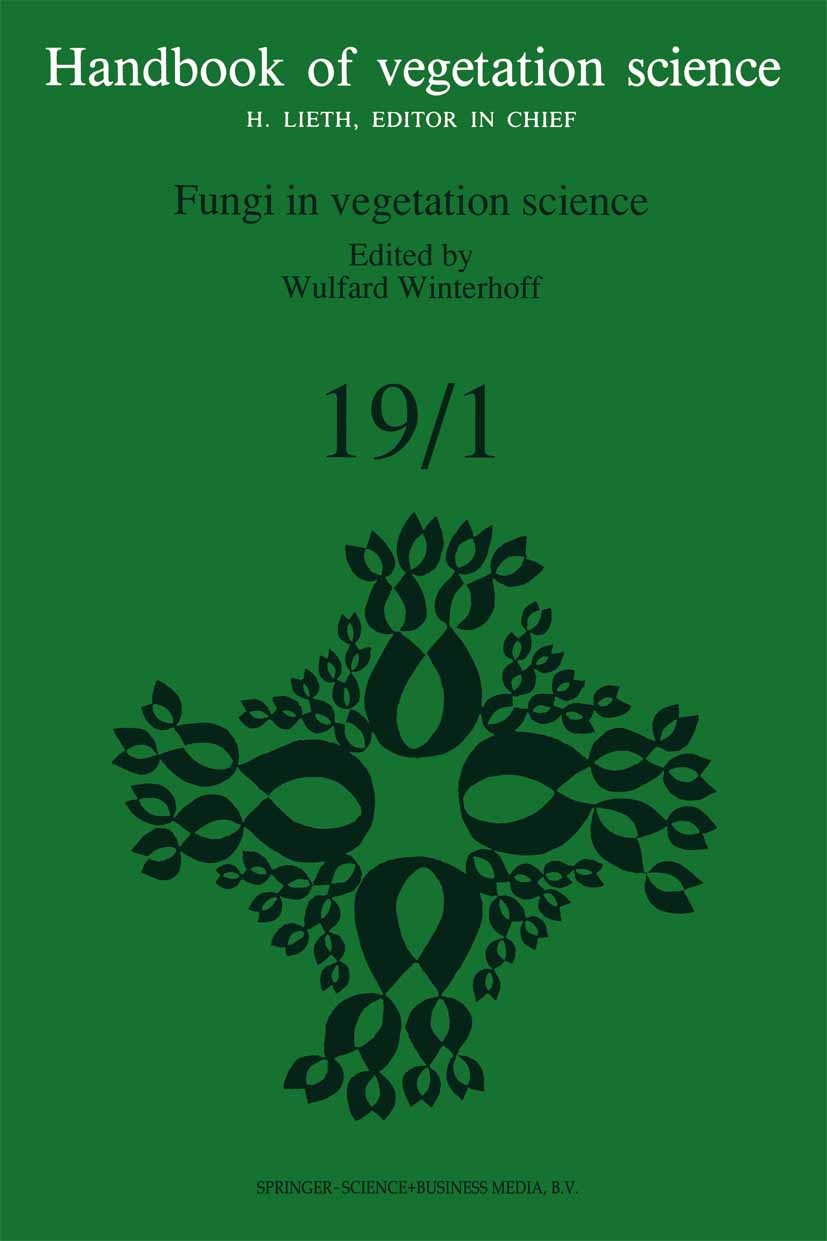| 书目名称 | Fungi in vegetation science | | 编辑 | W. Winterhoff | | 视频video | http://file.papertrans.cn/351/350723/350723.mp4 | | 丛书名称 | Handbook of Vegetation Science | | 图书封面 |  | | 描述 | Readers will perhaps be surprised to find a volume about fungiwithin a handbook of vegetation science. Although fungi traditionallyfeature in textbooks on botany, at least since Whittaker (1969), theyhave mostly been categorised as an independent kingdom of organismsor, in contrast to the animal and plant kingdom, as probionta togetherwith algae and protozoa. More relevant for ecology than the systematicseparation of fungi from plants is the different lifestyle of fungiwhich, in contrast to most plants, live as parasites, saprophytes orin symbiosis. Theoretical factors aside, there are also practicalmethodological considerations which favour the distinction betweenfungal and plant communities, as has been shown for example byDörfelt (1974). .Despite their special position the coenology of fungi has been dealtwith in the handbook of vegetation science. It would be wrong toconclude that we underestimate the important differences betweenfungal and plant communities. The reasons for including the former arethat mycocoenology developed from phytocoenology, the similarity ofthe methods and concepts still employed today and the closecorrelation between fungi and plants in biocoenoses. . | | 出版日期 | Book 1992 | | 关键词 | Vegetation; algae; biocoenosis; botanics; fungi; plant; plants; soil | | 版次 | 1 | | doi | https://doi.org/10.1007/978-94-011-2414-0 | | isbn_softcover | 978-94-010-5065-4 | | isbn_ebook | 978-94-011-2414-0 | | copyright | Springer Science+Business Media Dordrecht 1992 |
The information of publication is updating

|
|
 |Archiver|手机版|小黑屋|
派博传思国际
( 京公网安备110108008328)
GMT+8, 2025-11-12 05:24
|Archiver|手机版|小黑屋|
派博传思国际
( 京公网安备110108008328)
GMT+8, 2025-11-12 05:24


